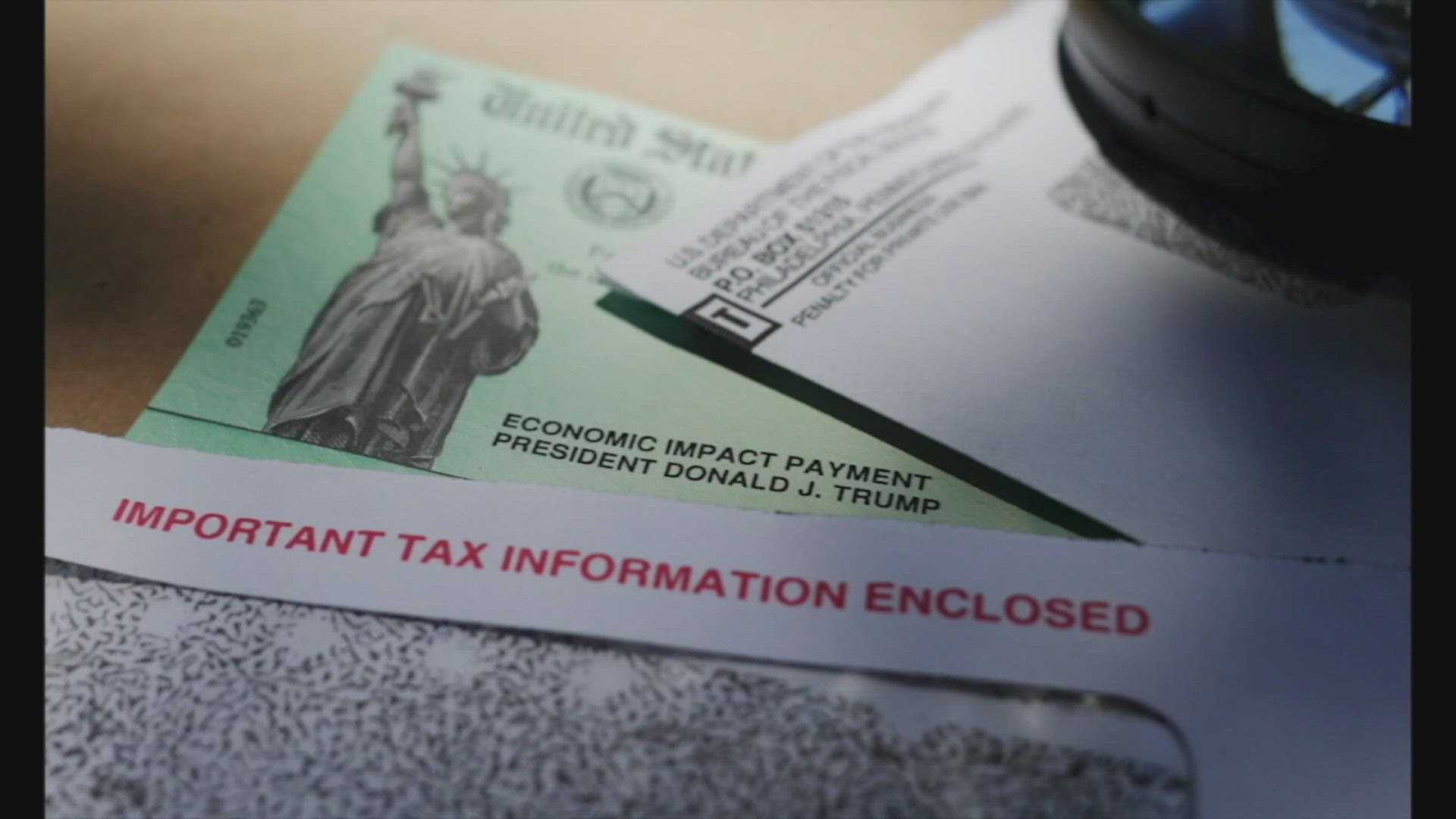Business
DOGE Payment 2025 Proposal Raises Questions Among Taxpayers

Washington, D.C. — A proposal for a DOGE Payment in 2025 has captured the interest of taxpayers, aiming to return government savings to citizens. This plan, reminiscent of past stimulus checks, intends to offer financial assistance amid ongoing economic challenges.
Citizens wonder if they will receive a $5,000 payment in DOGE, a digital currency. The DOGE Payment is envisioned as a dividend, but no specific payment amount has been confirmed, prompting concerns that recipients may receive less than anticipated.
With inflation affecting affordability, many Americans are struggling to maintain a basic standard of living. The Department of Government Efficiency (DOGE) seeks to redistribute government savings through dividend payments to taxpayers. A dividend is a way for companies to share profits with their shareholders, while a refund indicates returning excess payments made by individuals.
During the COVID-19 pandemic, stimulus checks provided direct payments from the IRS to support those in need. The DOGE website estimates $165 billion in total government savings, which averages out to approximately $1,025 per taxpayer. However, some critics have labeled the proposal as wasteful and fraudulent.
Eligibility for the DOGE Payment is limited to taxpayers, with households required to show proof of tax payments. Individual taxpayers will not qualify for this benefit. Details about the timing of the payment remain unclear, but reports suggest it may occur in June 2025.
Criticism surrounding the proposal highlights its potential misuse as legislation intended to address waste, fraud, and abuse in financial spending. Former President Donald Trump has suggested that citizens could receive 20% of the proposed payment, but this claim has been met with skepticism.
With ongoing discussions about the DOGE Payment, many are concerned that misinformation and scams may arise. Current details about the payment are tenuous, and while a benefit is anticipated, its final structure and distribution mechanism remain uncertain.












